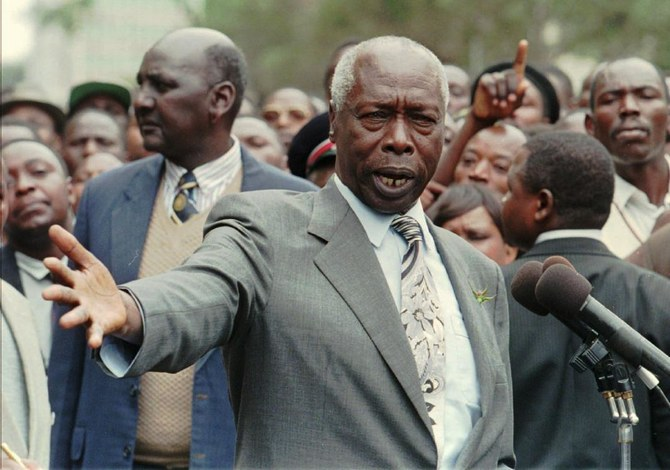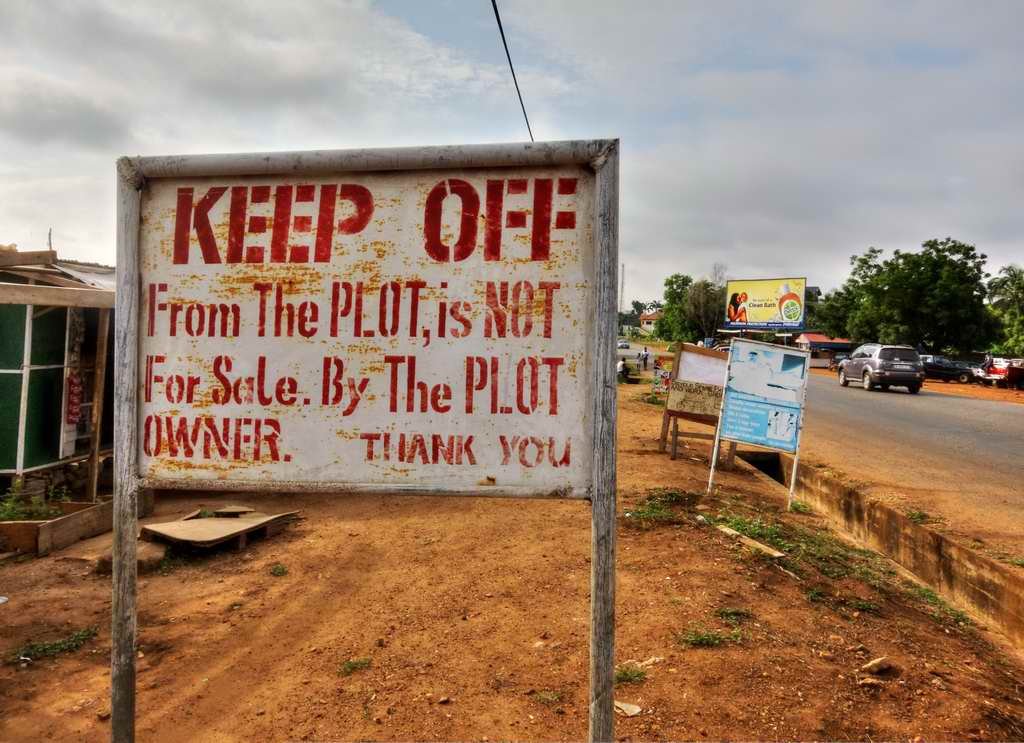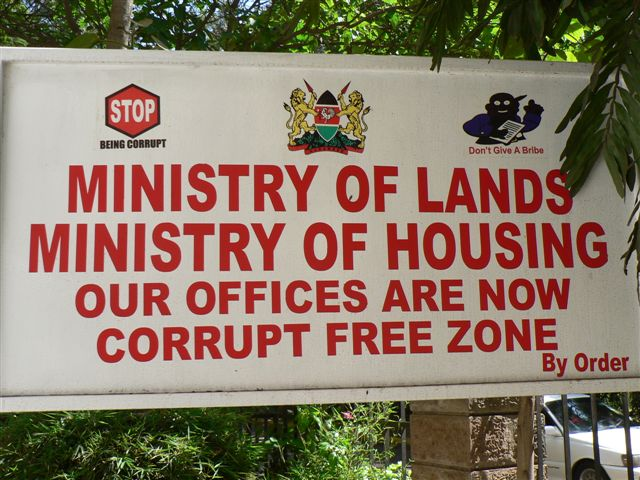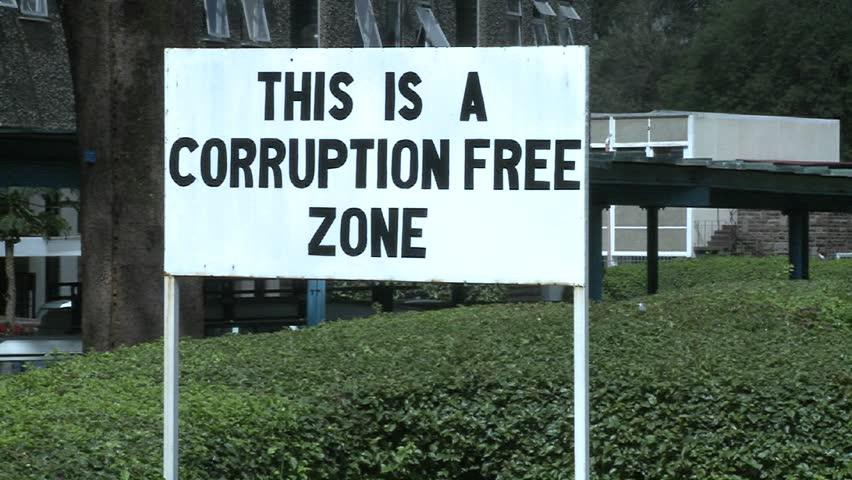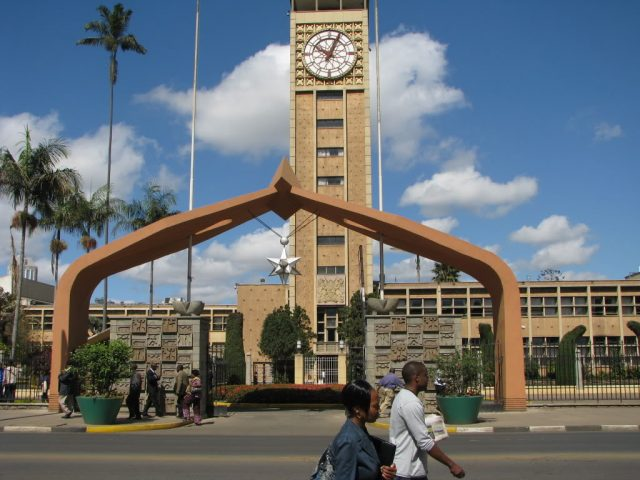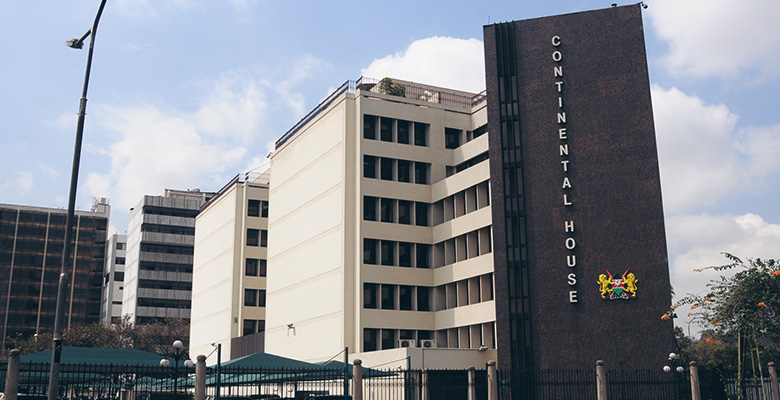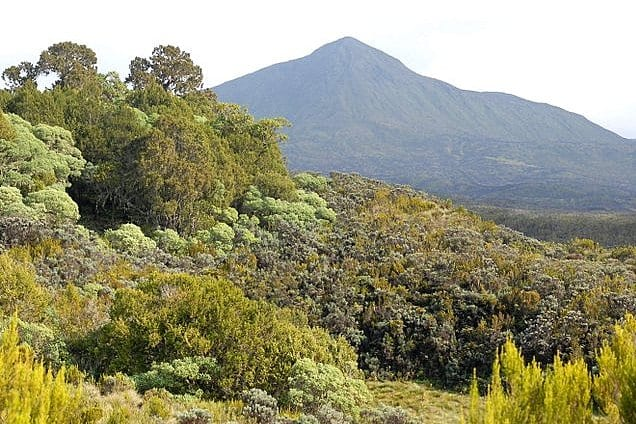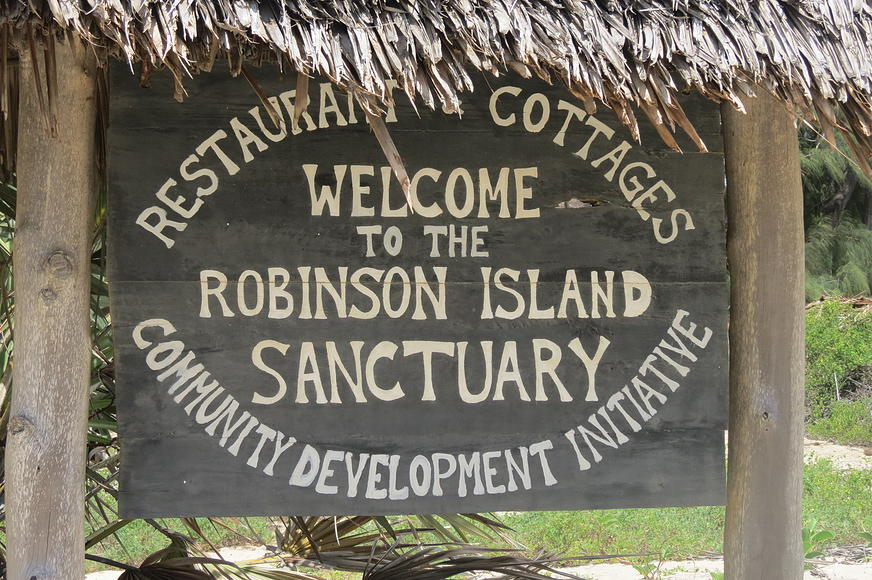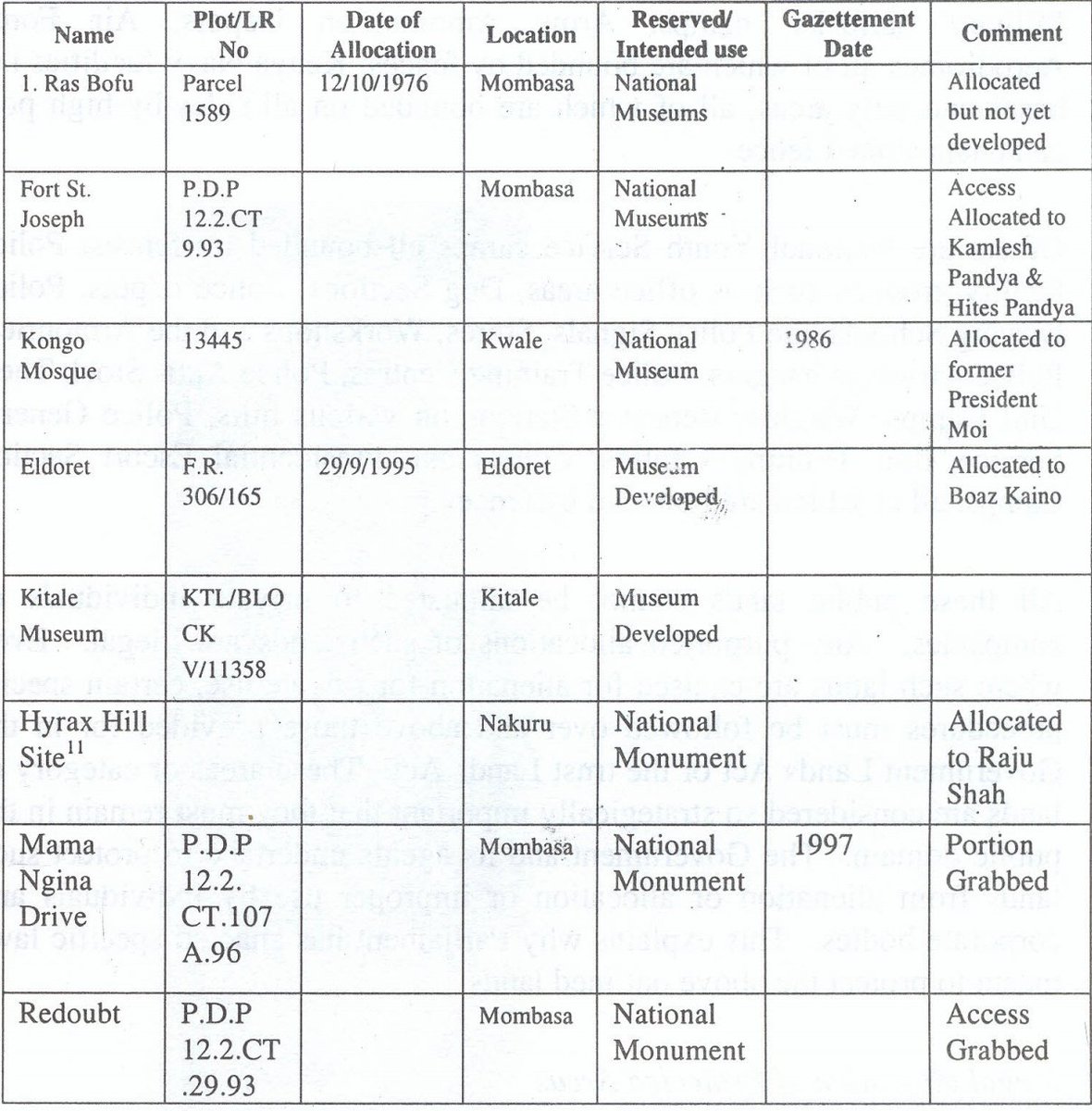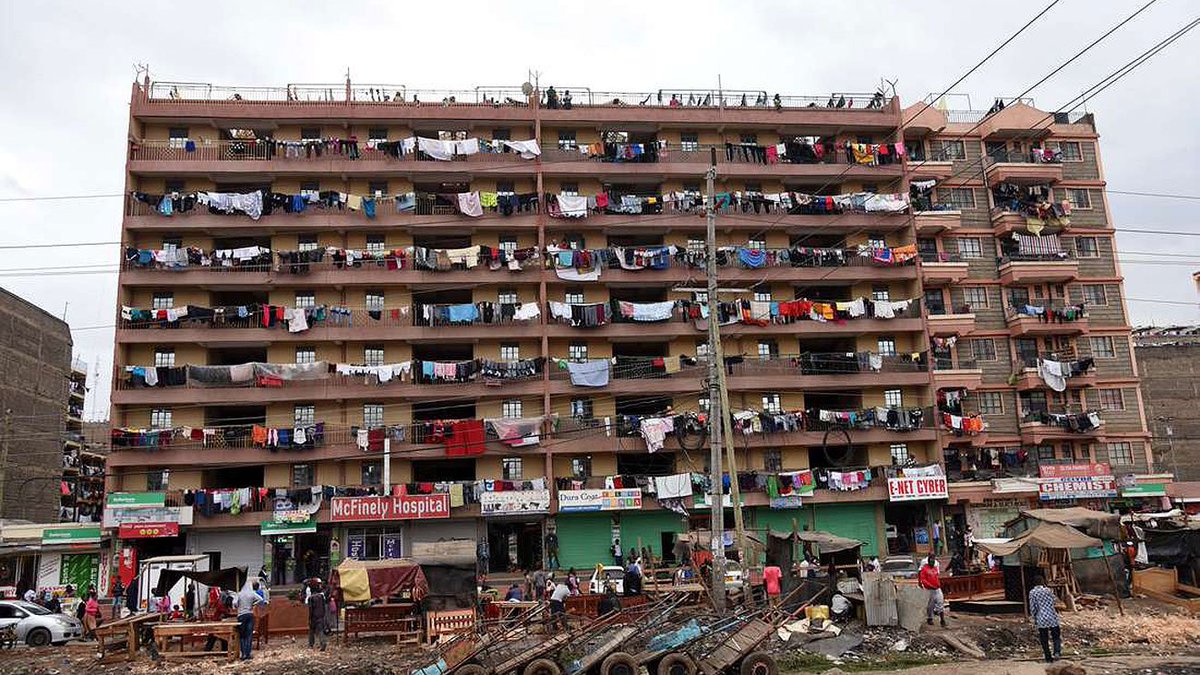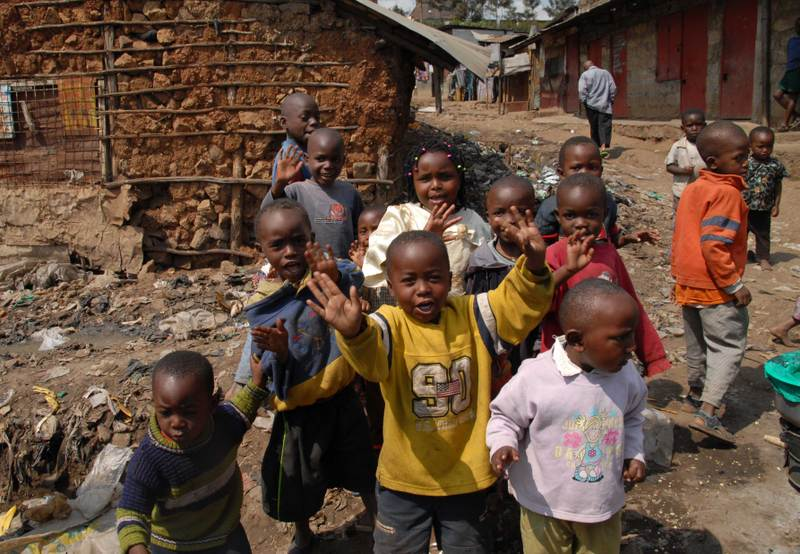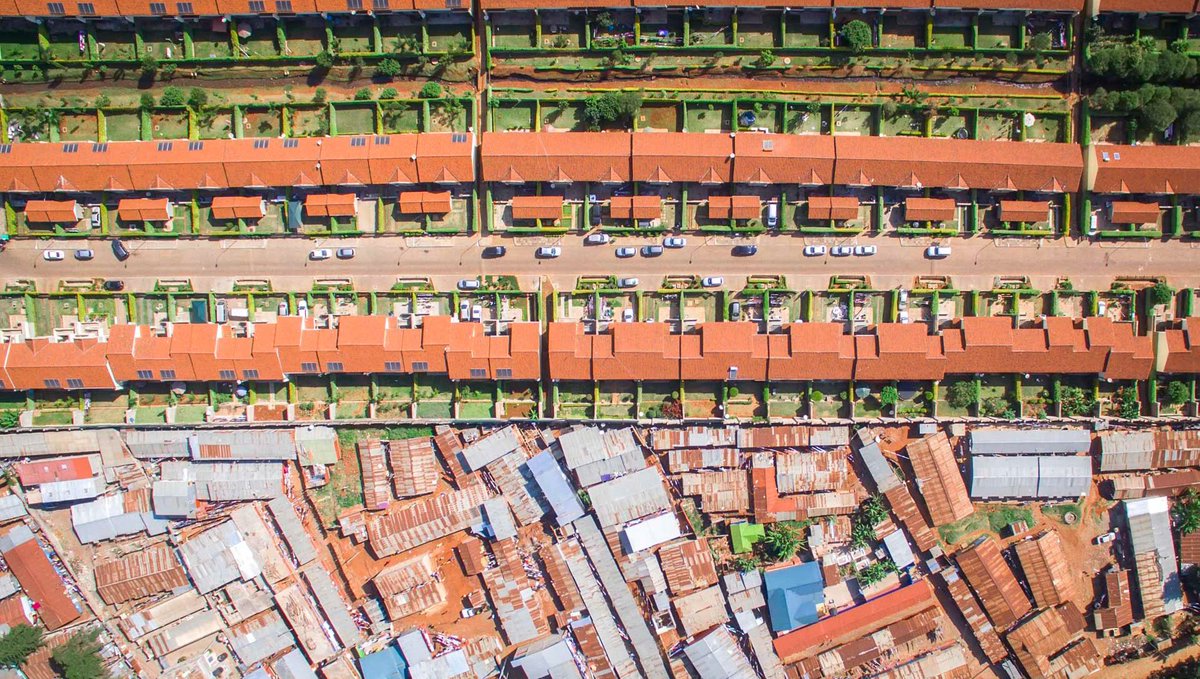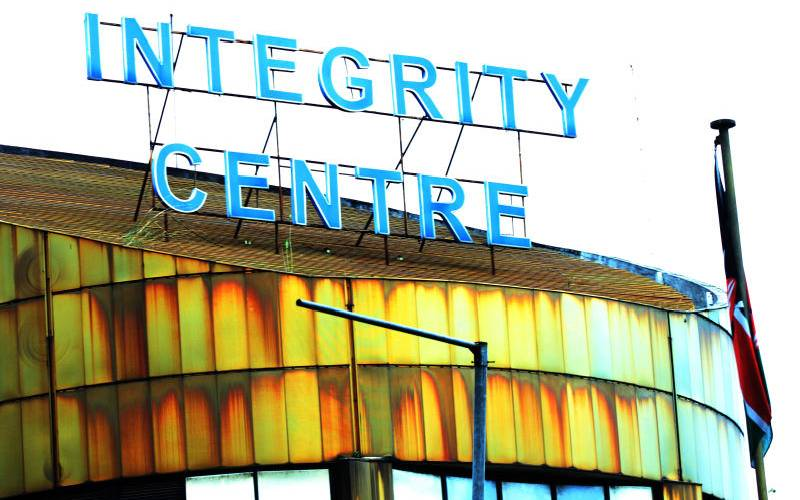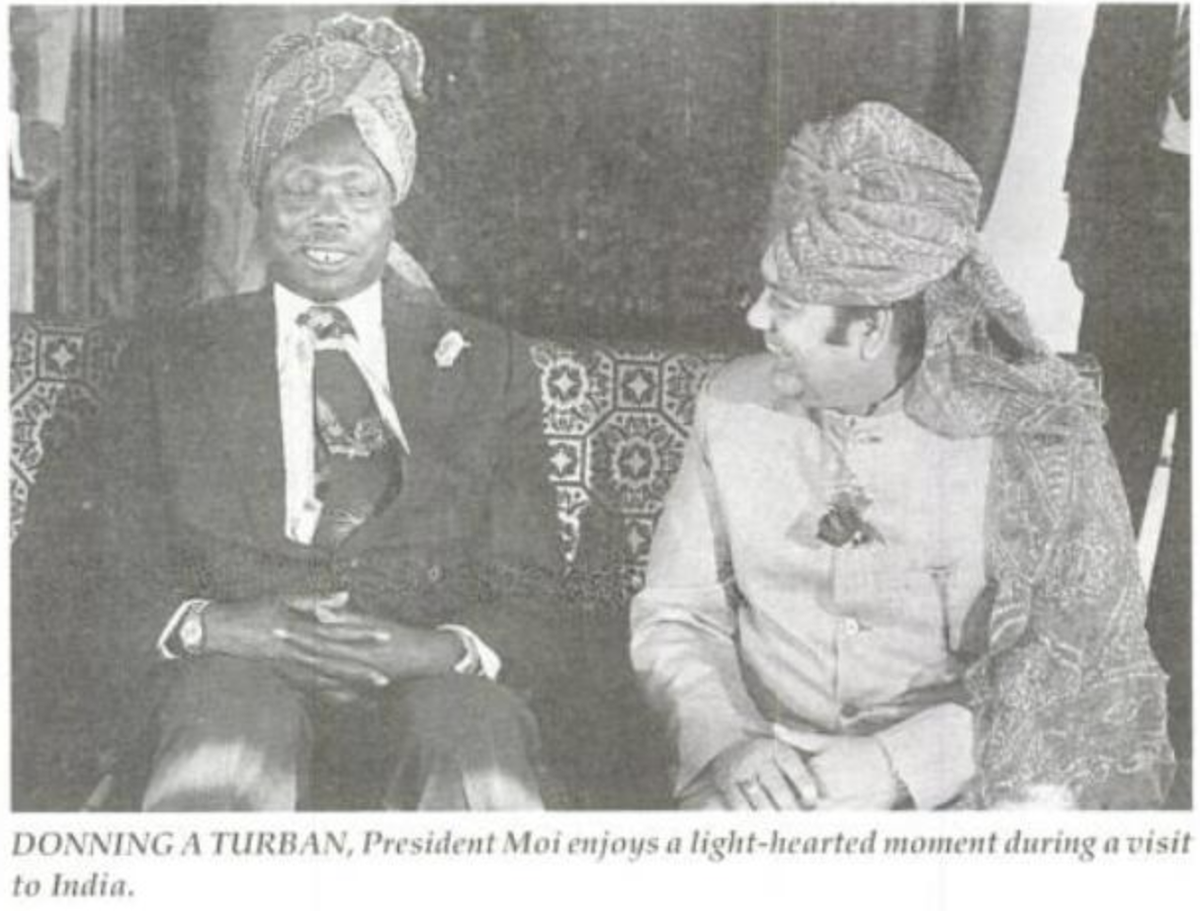The timing of the grab was in line with an interesting trend identified by the Ndung’u Commission of 2003
1/
A thread
capitalfm.co.ke/news/2014/08/p…
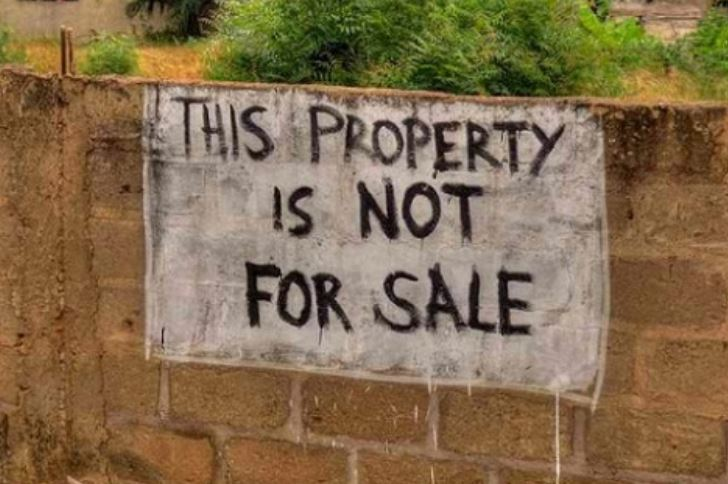
The 2003 Ndung’u Commission of Inquiry into the Illegal/Irregular Allocation of Public Land produced a thorough report on the land grabbing problem despite having a very limited time to do so.
The commission was chaired by lawyer Paul Nderitu Ndung’u
scribd.com/document/38626…

The report mentioned hundreds of prominent persons with illegally allocated public land and houses, mostly senior member of the Moi administration, his family members, parastatal heads, provincial administration and a host of prominent businessmen.
yumpu.com/en/document/re…
In 1992, Kuria wa Gathoni, then Director of City Planning, prepared a Part Devt Plan targeting open public spaces in Woodley. It was approved by Comm of Lands Wilson Gachanja & City Clerk Zipporah Wandera allocated the plots to wa Gathoni and friends
The Ndung’u report found instances of different titles prepared for the same parcel of land: One under the Registration of Titles Act and another under the Registered Land Act.
This was done to facilitate the illegal allocation of public land.
Then there was the illegal allocation of land by local authorities.
Example: allocation of sections of Shimanzi Road in Mombasa, which were included in the Mombasa Municipal Council’s minutes as having been approved
It continues to this day.
nation.co.ke/kenya/news/how…
Still on Shimanzi, three weeks prior to the 2013 elections, a false order purportedly from President Mwai Kibaki was used to grab Kenya Railways property at Shimanzi port, valued at Sh1.5bn
standardmedia.co.ke/article/200129…
In 1997, SK Macharia, former Land PS JG Kibe and businessman Solomon Karanja sold 99.5 acres of land to Kenya Re for Sh500mn.
Problem was that 4.7 acres was Karura Forest land which had been illegally amalgamated to a larger 94.8 acre parcel.
nation.co.ke/kenya/news/how…
The three were Ngengi Muigai’s business partners and were at the time of the transaction co-owners and directors of Sceneries Limited — the company that bought the 94.8 acres from the estate of former President Jomo Kenyatta in 1988 for Sh500,000.
businessdailyafrica.com/news/Forgery-c…
In 2001 for example, 112ha belonging to the Kenya Food and Chemical Corp in Kisumu was allocated to Spectre International, for Sh3.7mn or Sh33K a hectare. The land would have been worth Sh83mn.
nation.co.ke/kenya/news/can…
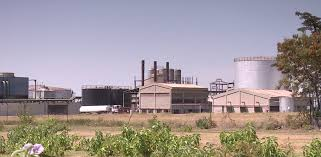
State Corporations were also captive buyers of illegally acquired land.
Between 1990-95, NSSF spent Sh30bn to purchase land in places like Karura and Ngong Forests or land with little value at exorbitant prices.
nation.co.ke/kenya/news/pow…
In 2001, part of Ngong Forest was excised and allotted to 13 companies, which later sold the land to Kenya Pipeline Corporation for Sh262mn.
This particular deal got a number of people in serious trouble
businessdailyafrica.com/news/Ruto-susp…
Ministry Land
The commission found ministry land allotted to individuals at the behest of said individuals.
e.g. Eldoret Law Courts were allotted to Lima Ltd in this way
Allottees would then sell or use the land to secure loans from state banks.
nation.co.ke/news/EACC-move…
A lot of ministry lands were allocated through the actions of government officials, who because power centres.
These officials included James Raymond Njenga Kenyatta-era (beach plots), Wilson Gachanja and Sammy Mwaita (Mau Forest)
nation.co.ke/kenya/news/ex-…
Njenga’s name shows up in a case where 200 acres (worth Sh32bn) belonging to the Kiambu Institute of Science and Tech (KIST) was taken over and subdivided by an entity styled as The Registered Trustees of Kiambu Institute of Science and Technology.
nation.co.ke/news/Kiambu-In…
The entity then proceeded to demand rent for the land from KIST. At the centre of the scandal were James Raymond Njenga, former chairman of KAM Allan Ngugi, Nairobi lawyer George K. Waruhiu, surveyor Kimani Mathu and former Nairobi town clerk Joseph Njuguna Thairu.
The original trustees included some familiar names: Charles Njonjo, Eliud Mathu, Margaret Kenyatta, Njenga Karume, Julius Gecau, Josephat Karanja, lawyer Samuel Waruhiu, medical doctor Joseph Mungai and Archbishop Obadiah Kariuki. They transferred the title to KIST in 1978.
With pressure mounting and the German Development Corporation threatening to withdraw a Sh2.2bn project target at KIST, the KIST board of trustees handed over a title for 70 acres on Jan 28, 2020
nation.co.ke/kenya/news/ger…
ADC discharged its mandate for nearly 26 years before predatory state agents pulled off the biggest ever land grab with over 58,000 acres sold to individuals.
Estimated value is a staggering Sh11.7billion
knchr.org/Portals/0/Ecos…
Here are some of those irregular sales
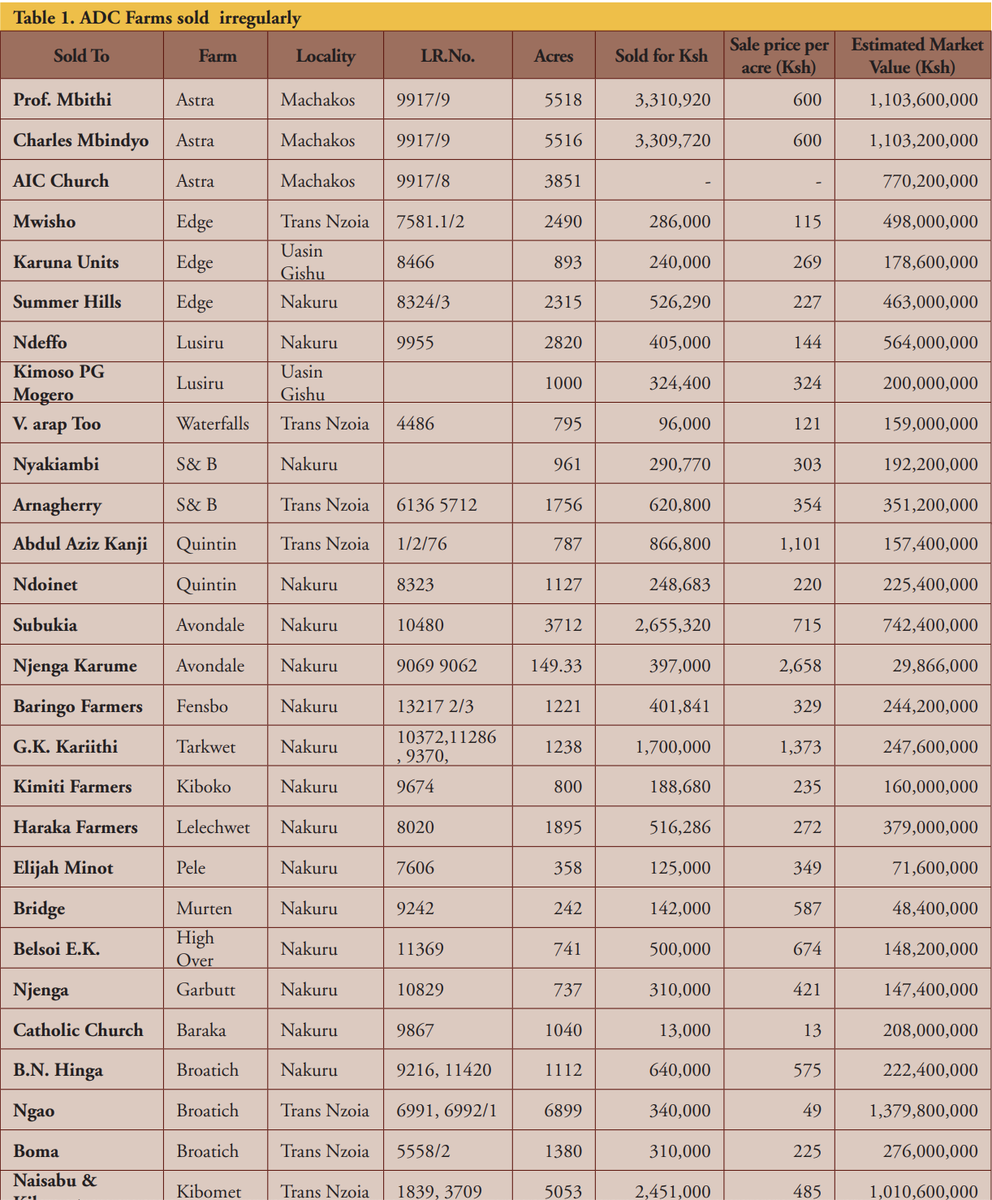
Established in 1979, The Kenya Agricultural Research Institute (KARI) was meant to be a premier
national institution
The Moi regime did not quite share this view – It illegally allocated over 3550 acres of KARI land worth
over Sh1.3 billion
Trust Land
Then there’s Trust Land, which are neither owned by the government nor the county councils that hold the titles to the land on behalf of the local inhabitants.
As long as the land is un-adjudicated and unregistered it belongs to the local communities.
The Church
In 1912, the Catholic Church purchased 1,054 acres from the residents of Mathira Nyeri.
However, the church went on to “acquire” 1,089 more acres in 1955, when the residents had been moved into emergency villages. It later “acquired” 1,488 acres in 1965.
The residents requested the Ndung'u Commission to recommend that the three parcels totalling 2,577 acres be restored to them via land adjudication.
The Ogiek
In 1997, the govt set aside 1,812ha in Nakuru/Olenguruone/Kiptagich ostensibly for resettlement of the Ogiek.
The actual reason for this was to set up an outgrower tea zone for the Kiptagich Tea Factory standing on 937ha of forest
nation.co.ke/kenya/news/how…
The Mau Forest List of shame that Raila Odinga tabled in parliament in 2009 reads like a who’s who of Kenya’s public service elite: from MPs, PCs, DCs, parastatal heads, magistrates, chaplains, ambassadors and officials of the anti-corruption unit.
blog.jaluo.com/?p=2423
Karura Forest
Parts of the forest land were grabbed between 1994 and 1999 by Kanu bigwigs who shared 2,000 acres of public land and sold it to private companies, triggering an environmental war with Greenbelt Movement leader, Prof Wangari Maathai
nation.co.ke/kenya/news/kar…
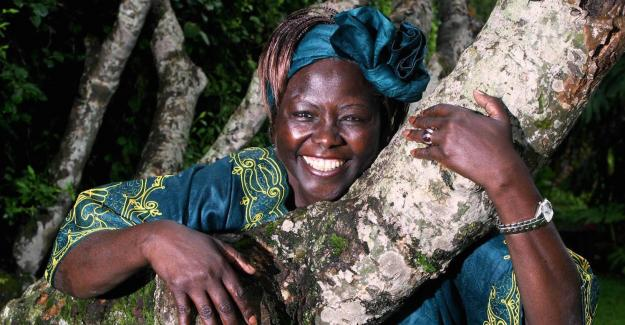
In 2016, faceless individuals tried to grab 25 acres in Karura Forest in order to build a 6-star hotel
nation.co.ke/kenya/news/kar…
Protected Areas For National Security Reasons:
Embakasi Garrison main gate was allocated to a private Co..
DoD lost 400ha in Embakasi
350ha at Thika Garrison was allocated to private developers
40K acres for military use has been grabbed.
standardmedia.co.ke/article/200130…

